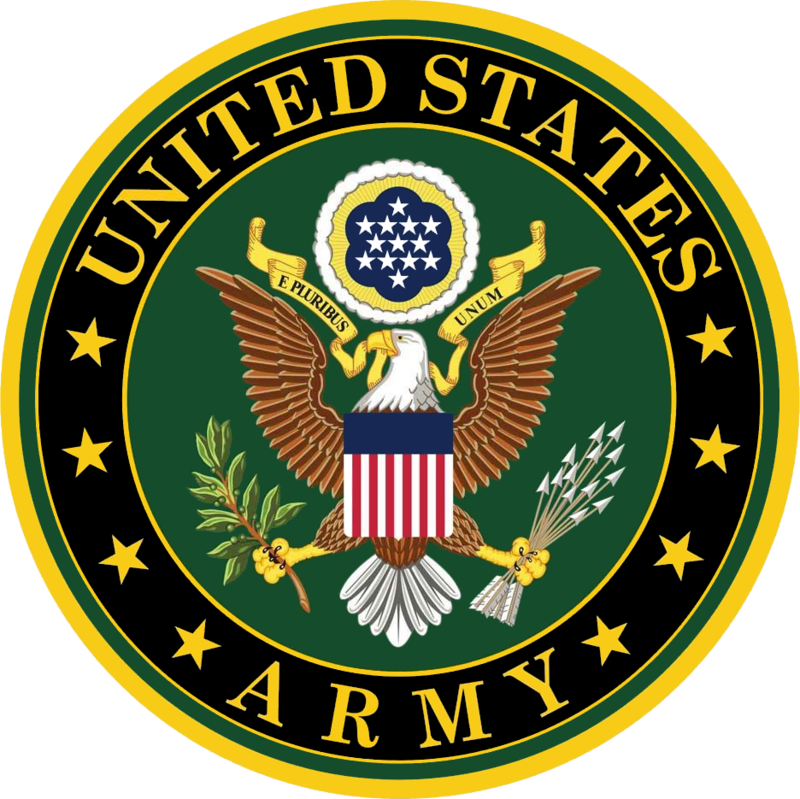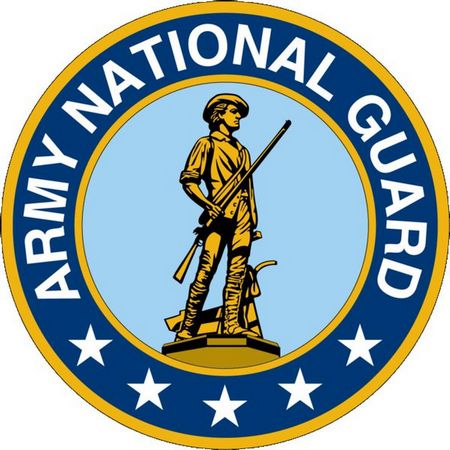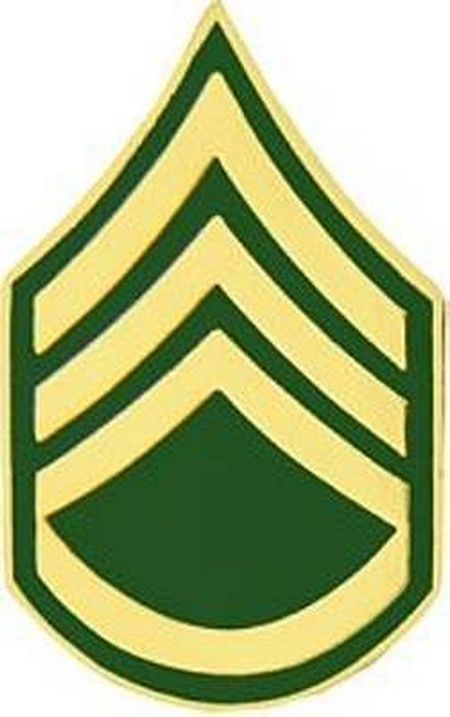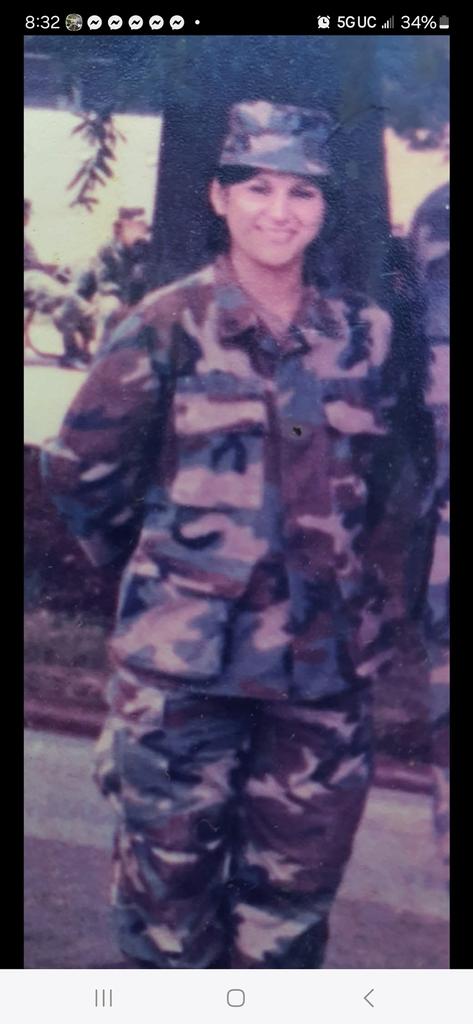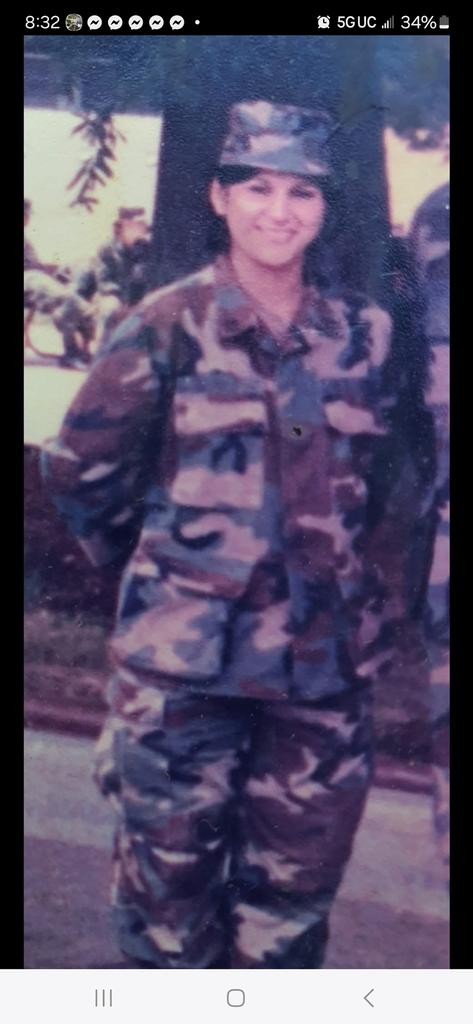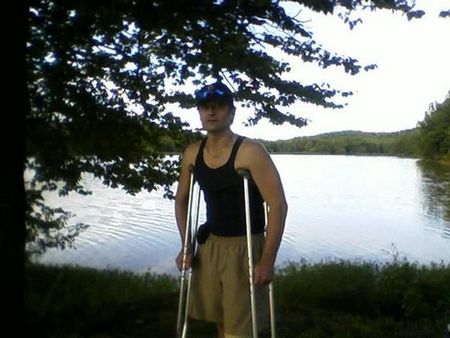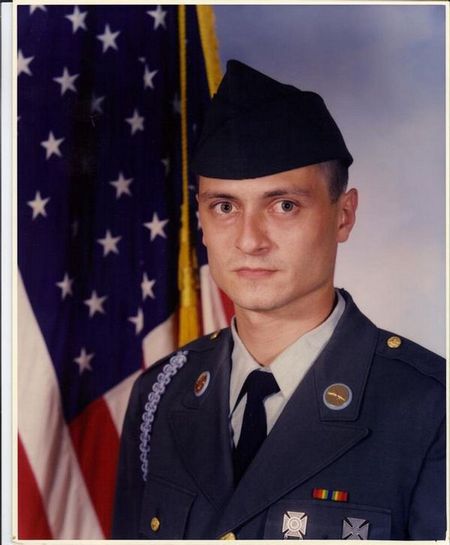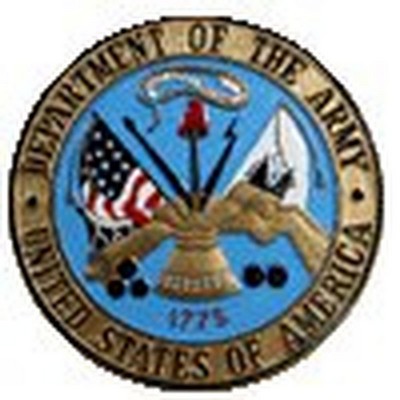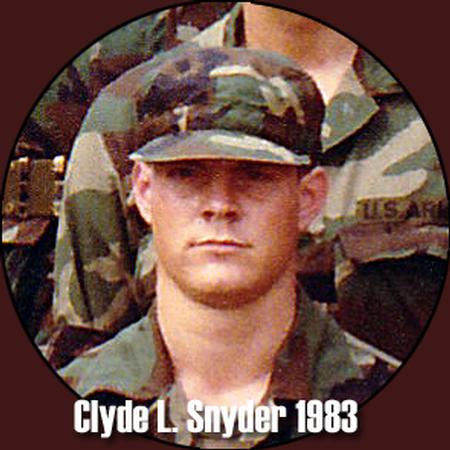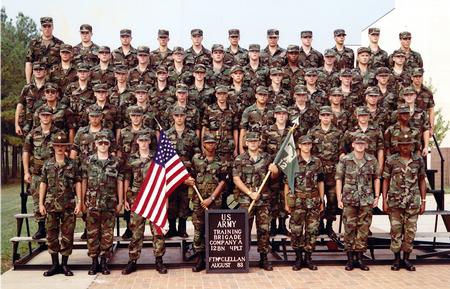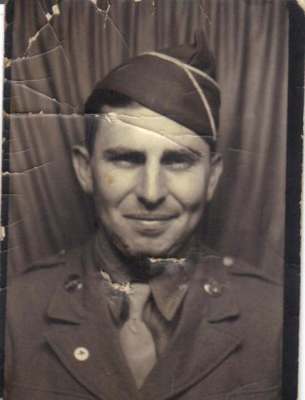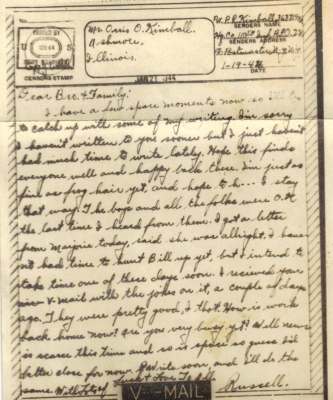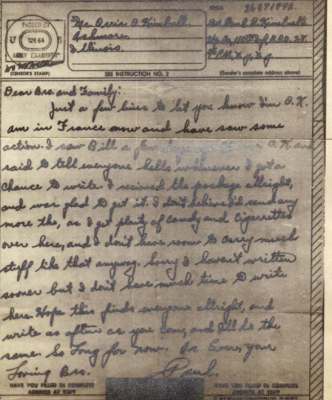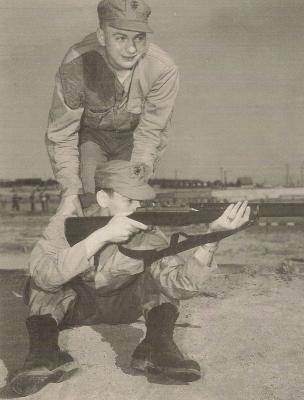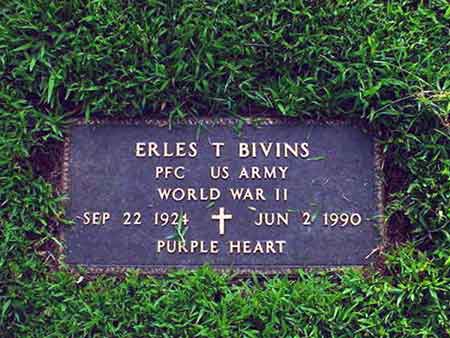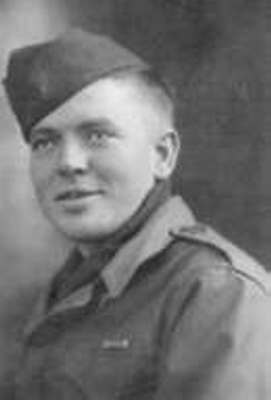ABOUT 110th Veterinarian Corps
- World War I Origins: The 110th Veterinarian Corps traces its origins to World War I, when veterinary services became essential for caring for horses and mules used in combat and logistics.
- Role in Animal Health: The unit played a critical role in ensuring the health of military animals, which were vital for transportation, cavalry, and communication in the early 20th century.
- Expansion in World War II: During WWII, the 110th expanded its services to include care for war dogs, supporting the K-9 corps in tasks such as sentry duty, scouting, and detecting mines.
- Medical Innovations: Veterinarians in the 110th contributed to advances in animal medicine, developing better vaccines and treatments for diseases that could devastate livestock and war animals.
- Support in Modern Conflicts: The 110th has provided veterinary services in more recent conflicts, ensuring the health of military working dogs used for bomb detection and security.
- Humanitarian Missions: Aside from military duties, the 110th has participated in humanitarian missions, offering veterinary care and disease control in disaster and conflict zones to support local populations.
- Food Safety Expertise: The Corps is responsible for inspecting food supplies for the military, ensuring that soldiers receive safe and high-quality nutrition in the field.
- Celebrity Animals: Members of the 110th have cared for famous military animals, including decorated war dogs and horses, some of which have become legends in military history.
- Training and Education: The Corps is involved in training both military personnel and allied forces in animal care, zoonotic disease prevention, and food safety procedures.
- Symbol of Service: The insignia of the 110th Veterinarian Corps features traditional veterinary symbols, reflecting the unit’s dedication to both animal and human welfare in the military context.

